Gardening, often described as a blend of art and science, is a pursuit that brings us closer to nature and enriches our lives. Whether you’re a seasoned horticulturist or a beginner, essential planting tips can significantly influence the success of your garden. In this Green Thumb’s Guide, we’ll explore the core principles that can help your garden thrive, transforming it into a lush and vibrant haven.
1. Choose the Right Location
Location is paramount in gardening. Select a spot with adequate sunlight for the specific plants you wish to grow. Most vegetables and flowers thrive in full sun, but some prefer partial shade. Understanding your garden’s sun exposure is key to healthy plant development.
2. Soil Preparation
Well-prepared soil is the foundation of a thriving garden. Test your soil’s pH and nutrient levels and amend it as needed. Incorporate organic matter like compost to improve soil structure, fertility, and moisture retention.
3. Right Plant, Right Place
One of the most essential principles of successful gardening is choosing the right plants for your climate and soil. Research and select plants that are well-suited to your region, taking into consideration factors like temperature, rainfall, and soil type.
4. Proper Planting Depth
Ensure you plant your seeds or seedlings at the correct depth. Different plants have varying requirements, so follow package instructions or consult gardening references for guidance. Planting at the right depth is crucial for successful germination and growth.
5. Spacing Matters
Overcrowding can lead to poor air circulation and competition for resources. Follow recommended spacing guidelines to give your plants room to grow, spread their roots, and avoid disease.
6. Watering Wisely
Proper watering is a delicate balance. Too much water can suffocate plants, while too little can lead to dehydration. Learn the specific water requirements of your plants and monitor soil moisture to avoid under or overwatering.
7. Mulching Magic
Mulch is the gardener’s secret weapon. Apply a layer of organic mulch around your plants to conserve moisture, suppress weeds, regulate soil temperature, and improve soil quality. It’s an essential element for a thriving garden.
8. Pruning and Deadheading
Regular pruning and deadheading are essential for maintaining plant health and appearance. Remove dead or damaged branches, spent flowers, and overgrowth to encourage new growth and shape your garden.
9. Fertilize Mindfully
Plants need nutrients to grow. Use appropriate fertilizers, either organic or synthetic, and apply them at the right times and in the right amounts. Understand the nutritional needs of your plants to ensure healthy growth.
10. Pest and Disease Management
Keep a vigilant eye out for pests and diseases. Early detection is crucial to prevent infestations from spreading. Use natural and chemical remedies as needed to protect your plants.
11. Seasonal Adjustments
Your garden’s needs change with the seasons. Adjust your care routine for watering, pruning, and fertilizing to align with the evolving requirements of your plants.
In conclusion, these essential planting tips are the backbone of a thriving garden. Whether you’re cultivating vegetables, flowers, or a mix of both, following these fundamental principles will lead to a garden that flourishes with health and beauty. Gardening is a journey, a continual learning process, and a rewarding experience that brings us closer to the wonders of the natural world. So, embrace your green thumb and watch your garden thrive. Happy gardening!



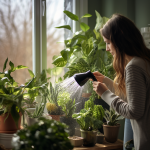

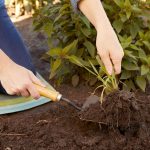
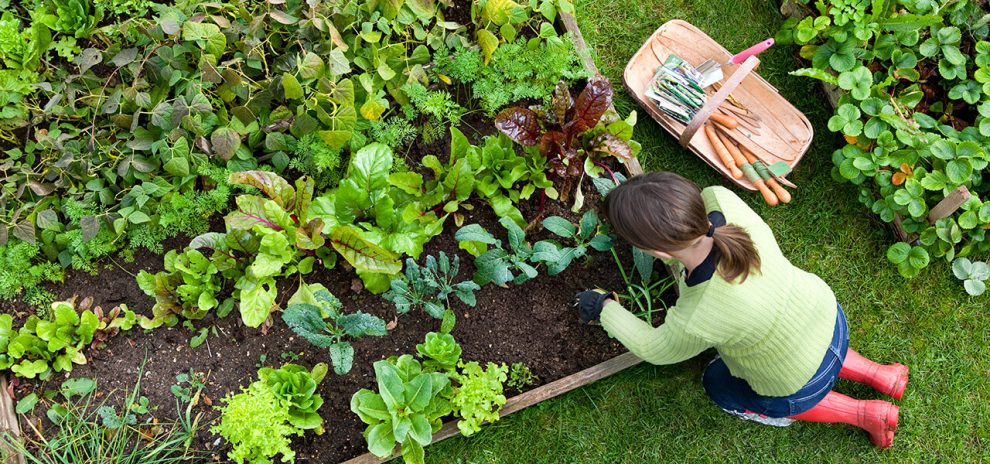
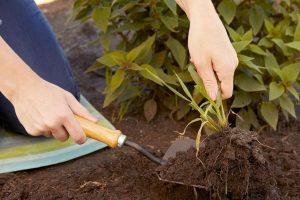
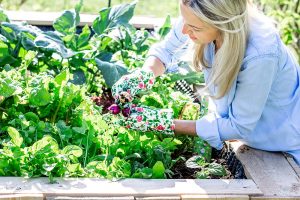
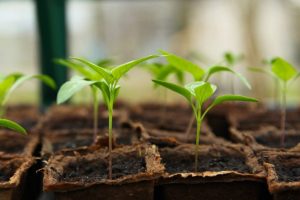




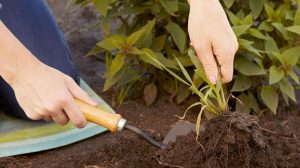


Add Comment